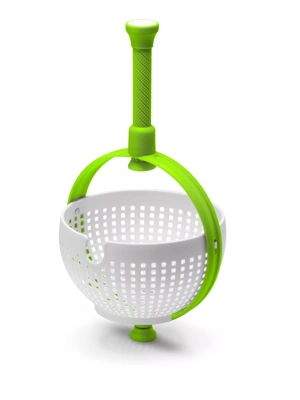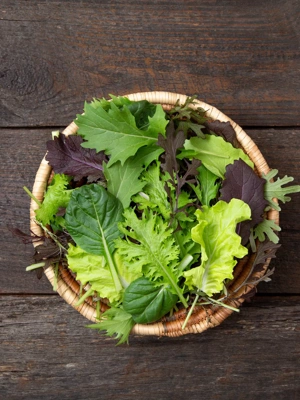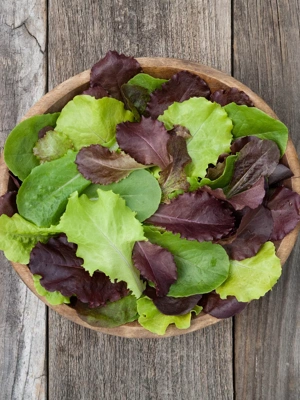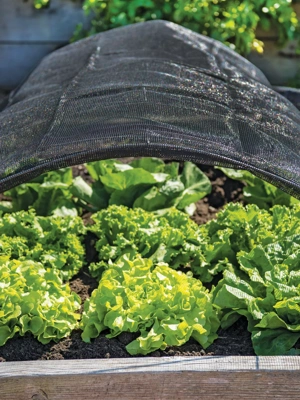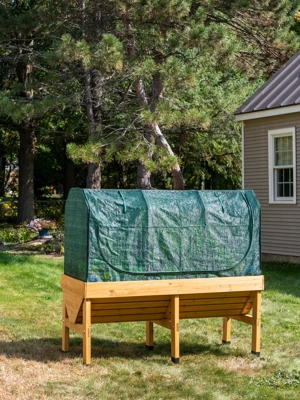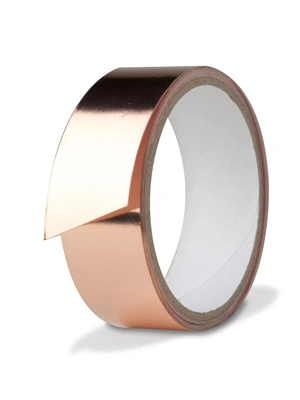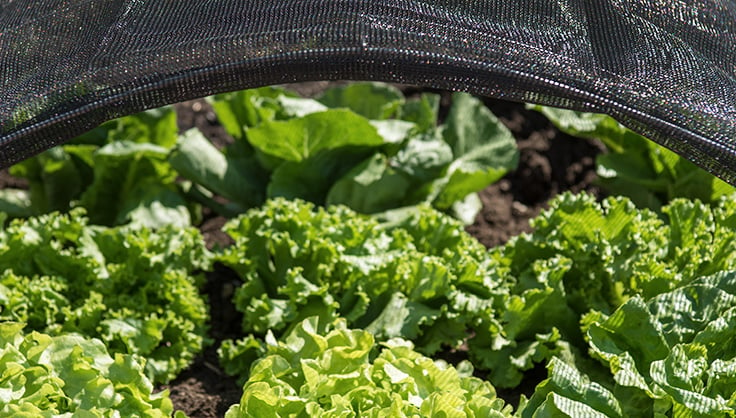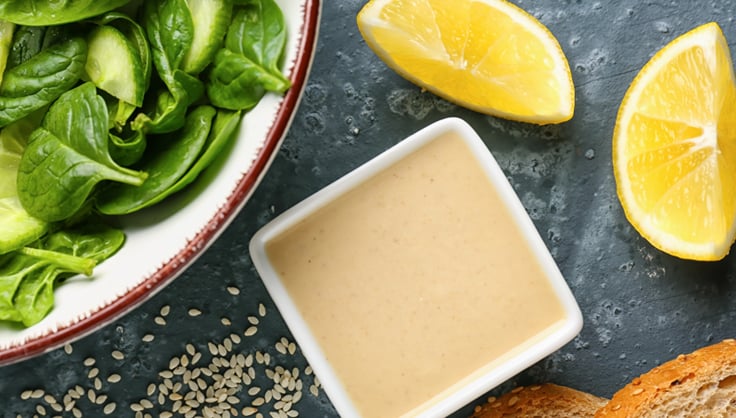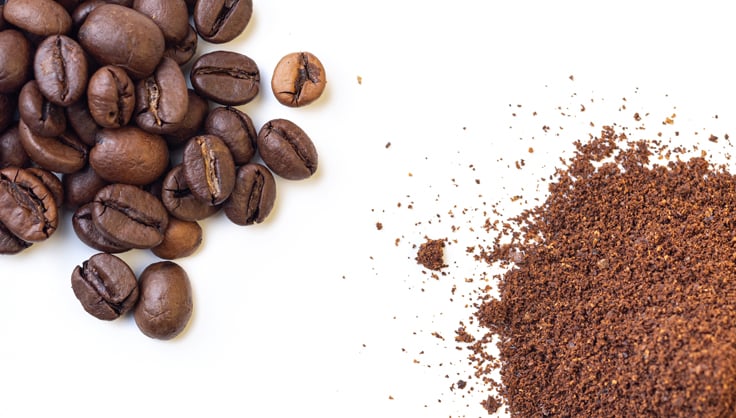Spinach
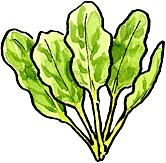
There is a good reason Popeye ate his spinach: It's rich in vitamins and minerals. Fortunately for us, the succulent, deep-green spinach picked fresh from our gardens is nothing like the spinach Popeye ate from a can.
Freshly picked raw spinach will make a big and satisfying salad. The same amount cooks down to almost nothing when steamed or saut饤. Two adult spinach-lovers would need about 30 plants to have a plentiful supply of cooked spinach all season. So if you love spinach, be sure to plant lots.
Spinach is a cool-weather crop. Plant seeds directly into the garden, four to six weeks before the last spring frost. To get better and quicker germination, soak the seeds for several hours before planting. Spinach grows well in soil that is near neutral in pH between 6.5 and 7.5. It is not a heavy feeder, but performs best in soil that is rich in organic matter. Spinach is rarely troubled by disease problems or pests.
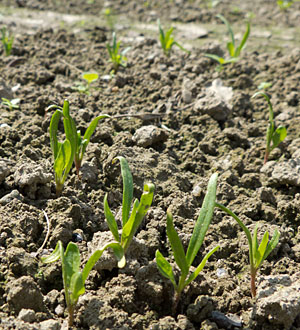
Spinach seedlings. Photo: Ann Whitman
Harvest spinach as you would lettuce. Either cut off all the leaves about an inch or so above the soil level and let the whole plant grow back (this technique will usually produce two or three crops), or simply harvest the largest leaves as you need them.
Long days 13 hours of sunshine or more will cause most spinach varieties to go to seed. When summer heat arrives, the leaves also start turning bitter. Once the plants stop producing new leaves and start to form a flower spike, pull them out and use that space for second plantings of beets, lettuce or kale.
There are both smooth-leafed and dimpled or savoy-leafed spinach cultivars. Some people feel the savoy varieties have more flavor. If you want to try to extend the regular spinach season, seek out heat-resistant varieties such as Tyee.
In most parts of the country it's impossible to grow spinach in the heat of summer unless you grow New Zealand spinach. Though it's not a true spinach, it produces flavorful green leaves and does not bolt in hot weather. Some gardeners grow New Zealand spinach on a trellis because it has rather lax stems that can be more than 2 feet long. New Zealand spinach is frost-sensitive, so you should not plant it until you put in your tomatoes.
Last updated: 04/20/2023
Print this Article:
Related items
Related Articles
Get the Dirt
Stay up to date on new articles and advice. Please fill out the information below.

